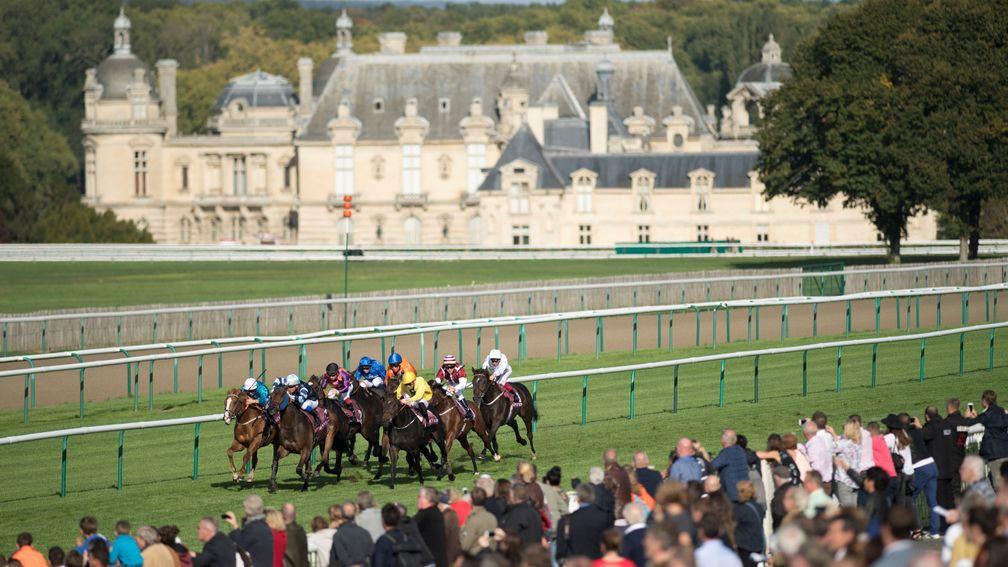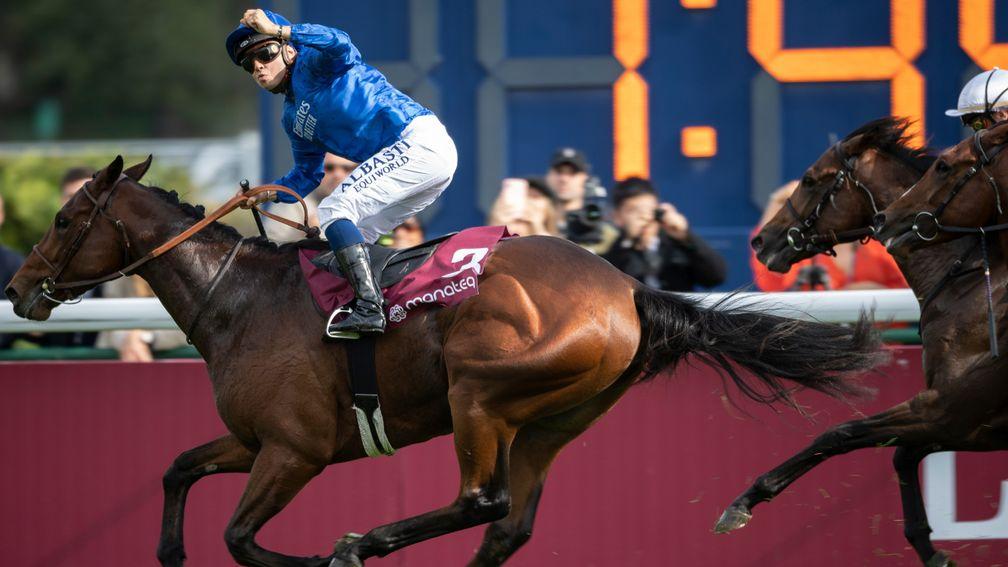Dos and don'ts: six key rules that will help to make it pay in France

So much of what you see in France is familiar, both in terms of names and the 'look' of the races. Here are a few peculairities that might not at first be apparent.
DO Pay attention to the going. This sounds obvious but is a factor many if not most French punters ignore. You may find an edge if conditions come right for a horse who the locals may have written off after a poor recent performance on different ground.
DON'T Be put off if your fancy appears to be the second choice of a retained jockey, especially in conditions races. There can be a number of factors in deciding who rides what in such races. A related point is about first and second colours. Most big owners don't have a second cap colour and instead use a distinguishing sash, the significance of which is strictly racecard order rather than stable preference.
DO Take a morning price. The British and Irish firms will have to make their own initial markets before the French pools have begun to settle. For bigger races coming up at weekends some ante-post betting may be offered. Make sure you get to grips with the different declaration stages during the week and check on France Galop's website that your selection has not been scratched or does not have alternative entries coming up.

DO Make use of timing data from the major tracks. At least on Group 1 days there will be sectional breakdowns, while all live action and replays feature a running clock with splits for the final three 200m (furlong) sections.
DON'T Ignore the draw at Longchamp in non-handicaps with double figure fields. Races over 7f, 1m and 1m4f show a marked disadvantage for high-drawn horses, one which becomes exaggerated when the ground is fast and the running rail is at its innermost limit (most Group 1 days). The same rules apply in theory to handicaps but how well treated a horse may be remains a key additional factor.
DO Consider forecast betting. There are many more conditions races on the average Paris card and consequently field sizes can be smaller, ideal for this type of bet.
Keep up to date on the must-have news, tips, photos and more by following the Racing Post across all social channels
Published on 10 May 2020inFrance
Last updated 18:14, 10 May 2020
- Ace miler Big Rock leaves Christopher Head as leading owner Yeguada Centurion move their horses to Maurizio Guarnieri
- Merci Olivier! No final winner for Olivier Peslier but the world of racing unites in saluting the end of a great career
- 'I was that far clear - it was quite something' - Olivier Peslier provides a rundown of his four Arc-winning rides
- 'He built bridges like no-one else' - Olivier Peslier's long-time British agent leads tributes on retirement of riding great
- Crypto Force '50-50' to run in Prix Ganay on Sunday as Amo Derby hopeful Dallas Star features at second entry stage for Epsom
- Ace miler Big Rock leaves Christopher Head as leading owner Yeguada Centurion move their horses to Maurizio Guarnieri
- Merci Olivier! No final winner for Olivier Peslier but the world of racing unites in saluting the end of a great career
- 'I was that far clear - it was quite something' - Olivier Peslier provides a rundown of his four Arc-winning rides
- 'He built bridges like no-one else' - Olivier Peslier's long-time British agent leads tributes on retirement of riding great
- Crypto Force '50-50' to run in Prix Ganay on Sunday as Amo Derby hopeful Dallas Star features at second entry stage for Epsom